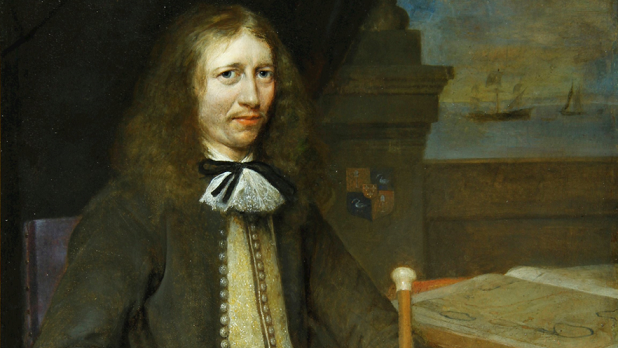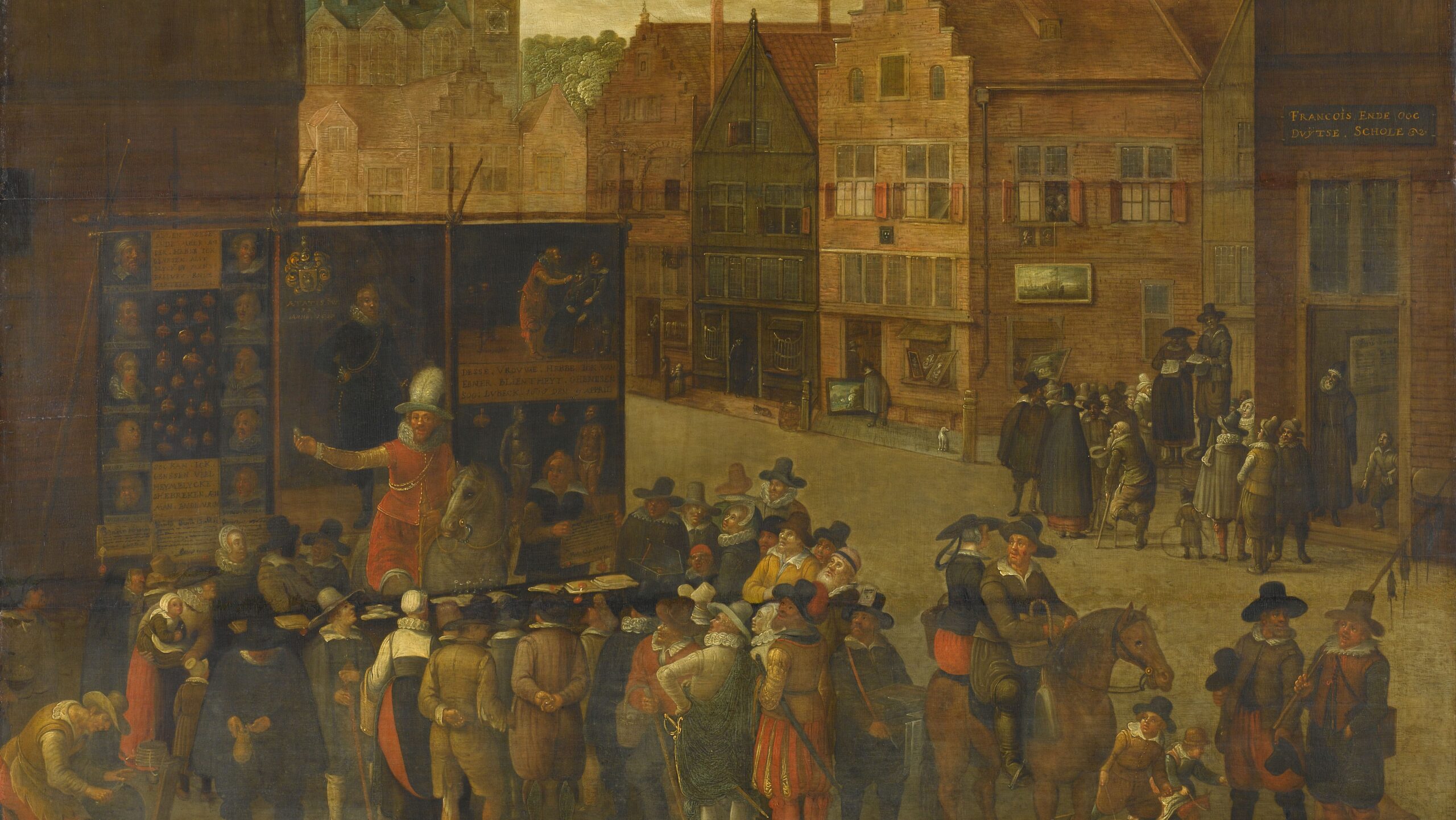We are most pleased to welcome you to our first CREATE Salon of 2022 on the topic of Creative Industries: Then and Now.
Date: Thursday, 3rd of February, 2022
Time: 15:00 – 16:30
Location: zoom link
Language: English
Add this event to your agenda: calendar invite
Please note that this will be a virtual event.
We look forward to seeing you!
Mapping 17th-century art market in Amsterdam: Space and Strategy
Weixuan Li | PhD Researcher, Huygens ING
The seventeenth century saw a meteoric rise of the art market in Amsterdam. (Art) Historians commonly agreed that the Amsterdam art market was composed of a large cluster of painters catering to the demand of an expanding base of clients. It remains unclear, however, how such a complex, multi-layered painting ‘industry’ took place in space, and how painters’ strategies fitted in and eventually changed the spatial development of the art market.
In this talk, Weixuan Li will walk us through the evolution of the painting industry in the urban space of Amsterdam. She will illustrate how individual painters of various ambitions, skills, and goals adapted their behaviours to urban expansion and social changes that collectively shaped the artistic landscape in the seventeenth century.

Reconstructing private libraries as book collections and physical spaces: The treffelyke bibliotheek of Pieter de Graeff (1638-1707)
Chiara Piccoli | Postdoctoral Researcher, University of Amsterdam
A typifying feature of the seventeenth-century Dutch Republic was its thriving book culture. It is estimated that this cultural industry produced as many as 300 million books, with at least 4 million sold at auctions. Book auction catalogues and probate inventories are essential sources to investigate which books people kept in their homes and in which rooms. It is often the case, however, that without other accompanying primary and secondary sources their reliability cannot be established with certainty.
In this presentation Chiara Piccoli will discuss her research on the private library of the Amsterdam-born patrician and VOC director Pieter de Graeff (1638-1707). De Graeff’s own writings and other documents offer an exceptional source of information to be compared against his book auction catalogue. These sources make it possible to relate some books to specific events and people, to pinpoint books that he owned but that were not sold at the auction, and finally to propose a 3D reconstruction hypothesis of the room that he used as his home library. This study shows the importance of contextual analysis to better understand a private book collection and to shed light on its diachronic development and acquisition dynamics.

Crypto Art: Digital Art on the Blockchain
Giovanni Colavizza | Assistant Professor, University of Amsterdam
Crypto art is digital art tokenised and exchanged via blockchains. Crypto art is part of the broader rise of Non-Fungible Tokens as a means to transact unique digital assets using distributed blockchains. As it rapidly goes mainstream, crypto art rests on radically different premises than the traditional art market, while also maintaining certain similarities. Examples of differences include the transparency of market transactions data and the distributed organisation of the market, while similarities include the stardom system and the visible emergence of gatekeepers. This talk situates crypto art historically and explains the underpinning technology. Furthermore, it discusses early research on this emerging phenomenon, including results from the first survey of the crypto art community. Lastly, in this talk Giovanni will offer some speculation on the future, in particular with respect to how crypto art might contribute to altering the traditional art market.

